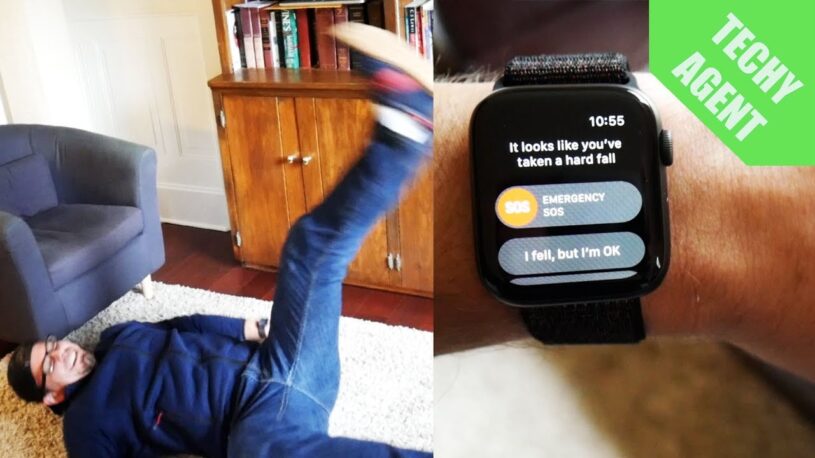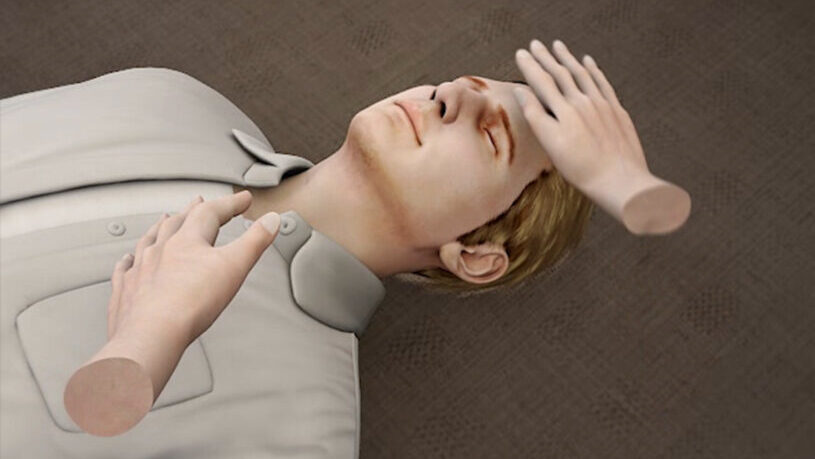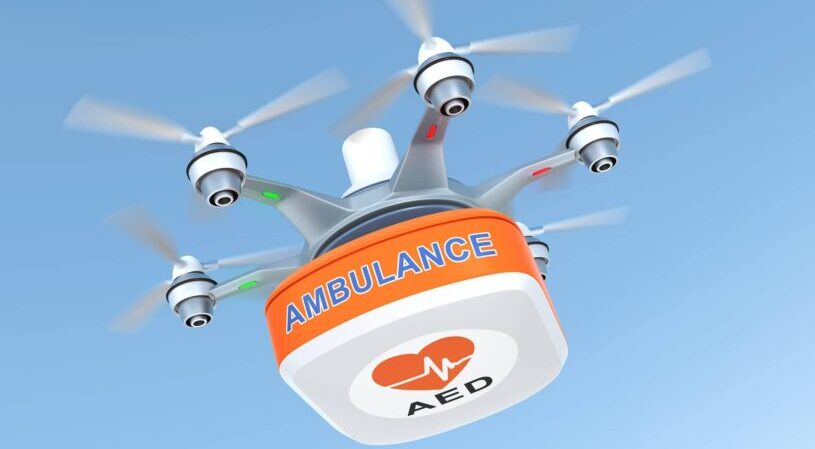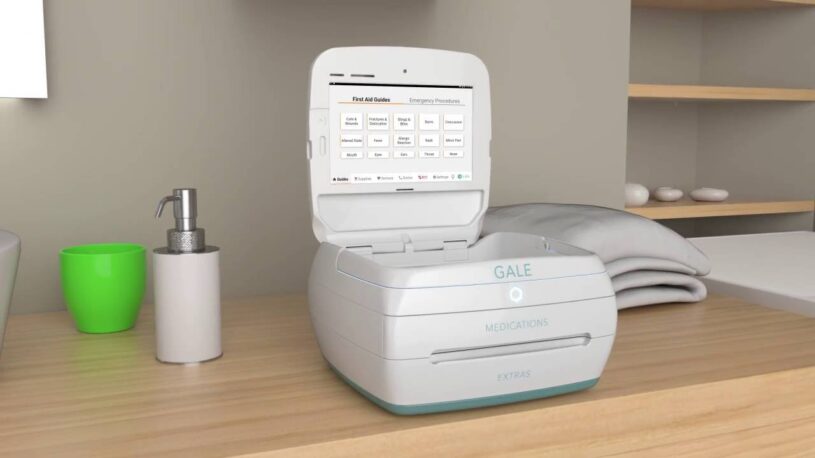First aid, the essential immediate assistance given to any person suffering a sudden illness or injury, has experienced a significant transformation with the advent of technology. This transformation is not just superficial; it is revolutionizing every aspect of first aid, from training to actual administration, changing our approach and making immediate care more accessible and effective. The use of cutting-edge technologies such as mobile apps, AI, and VR in first aid can significantly enhance accuracy and responsiveness, potentially allowing more lives to be saved.
Understanding and integrating such technology in first aid practices are becoming increasingly crucial. It’s not just the domain of healthcare professionals; it’s vital for the general public, as well, to be acquainted with tech-enhanced initial response to ensure they can respond promptly and efficiently in emergencies. This integration is fundamental in fostering a culture of readiness and immediate response that can make the difference between life and death.
Wearable Technology in First Aid

Wearable devices like smartwatches and fitness trackers are becoming pivotal in transforming first aid practices. They are no longer just lifestyle gadgets; they are silent guardians that monitor vital signs and provide real-time alerts, potentially detecting serious health anomalies early. It is worth highlighting that people still need to get CPR certified to know what to do in case of an emergency like a heart attack.
For instance, the Apple Watch, with its fall detection feature and ability to monitor heart rhythms, has been pivotal in ensuring users get immediate help during emergencies. Such advanced features of wearable technology have a significant impact, especially for the elderly or those with specific medical conditions, acting as an early warning system.
Mobile Apps for First Aid
Mobile applications are becoming integral tools in propagating and utilizing first aid knowledge efficiently. Various apps can bring crucial information and guidance to users’ fingertips, offering interactive step-by-step guides, tutorials, and quizzes to enrich users’ knowledge and preparedness.
These platforms are revolutionizing initial response accessibility, enabling quick and appropriate interventions, and playing a pivotal role in bridging the critical time gap between the occurrence of an incident and the arrival of professional medical help. If you want to know what else is there in this domain you can visit https://cprcertificationnow.com/products/cpr-first-aid-bloodborne-pathogens-certification.
Virtual Reality (VR) Training for First Aid

Virtual Reality is redefining the landscape of first aid training by providing immersive and realistic experiences. It allows individuals to practice and hone their first aid skills in a controlled, simulated environment, making learning more engaging and effective.
The visual and interactive nature of VR is enhancing the learning experience, allowing trainees to acquire and retain initial response skills better. Organizations like Health Scholars leverage VR to create realistic scenarios for first responders and medical practitioners, thereby refining their skills and elevating their preparedness for real-world emergencies.
Artificial Intelligence (AI) in Emergency Response
AI is spearheading innovations in emergency response systems by optimizing efficiency and precision. AI-driven chatbots and virtual assistants are providing immediate, interactive first aid guidance, ensuring individuals can administer quick and appropriate interventions in critical situations.
AI algorithms are enhancing early detection and prediction capabilities, thereby enabling faster and more accurate responses in medical emergencies, which is crucial where every second counts.
The infusion of AI in emergency response is pivotal in tailoring interventions and providing instantaneous, accurate guidance, which can be decisive in improving outcomes in emergency situations, illustrating the profound impact of AI in shaping the future of initial response and emergency response.
Drones and Automated External Defibrillators (AEDs)

Drones are playing an instrumental role in redefining the delivery and accessibility of AEDs, especially in hard-to-reach locations. By offering real-time assistance and being able to navigate to locations faster than traditional methods in many cases, drones are minimizing the critical time between a cardiac arrest occurrence and defibrillation, a vital factor for survival.
Various case studies have evidenced the successful deployment of AEDs via drones, highlighting the potential of drones to enhance first aid interventions in areas that are inaccessible or densely populated.
Telemedicine and Remote First Aid Assistance
Telemedicine is emerging as a key player in transcending geographical boundaries to offer immediate first aid guidance. Particularly beneficial in remote or underserved areas, telemedicine provides expert advice and reduces the time to treatment, thereby improving overall outcomes. It enables healthcare professionals to assess, diagnose, and possibly treat patients from a distance, ensuring immediate and appropriate medical intervention.
IoT and Smart First Aid Kits

The amalgamation of the Internet of Things (IoT) with first aid kits is ushering in an era of enhanced preparedness and response. Smart first aid kits, fortified with features like inventory tracking and emergency alerts, are ensuring that individuals and organizations are always ready to deal with emergencies.
IoT advancements are not just about enhancing the features of initial response kits; they are about creating a seamless and interactive ecosystem that prepares individuals and communities to respond effectively in times of need.
Big Data and Predictive Analytics in First Aid
Big data and predictive analytics are reshaping first aid by offering invaluable insights derived from the analysis of extensive datasets. These insights are crucial for identifying potential first aid needs and optimizing emergency response strategies. However, leveraging big data in initial response brings forth ethical considerations and privacy concerns, necessitating stringent protocols to ensure data security and user privacy.
Robotics in Search and Rescue
Robotics technology is becoming an integral component in search and rescue operations. It aids in locating and assisting injured individuals in diverse and challenging environments. Examples of robotic devices, like drones and autonomous vehicles, illustrate their capability to access hard-to-reach areas and deliver immediate assistance, showcasing the potential of robotics in enhancing the scope and efficiency of first aid and emergency response.
3D Printing for Custom Medical Devices

3D printing technology is revolutionizing the creation of customized medical devices, such as prosthetics and splints, making them more accessible and affordable. It enables the rapid production of tailor-made devices that perfectly fit the users, ensuring comfort and functionality.
The application of 3D printing in first aid is not just about customization; it’s about democratizing access to medical devices and contributing to the overall enhancement of immediate care quality, emphasizing the transformative nature of 3D printing in medical and initial response advancements.
Challenges and Future Trends in Tech-Enhanced First Aid
Implementing technology in first aid brings about its own set of challenges and limitations, such as accessibility, cost, and adaptability. However, it’s also paving the way for emerging trends that hold immense potential in reshaping the landscape of first aid. Ensuring equitable access to tech-enhanced first aid knowledge and tools is crucial in realizing the full potential of these advancements.
